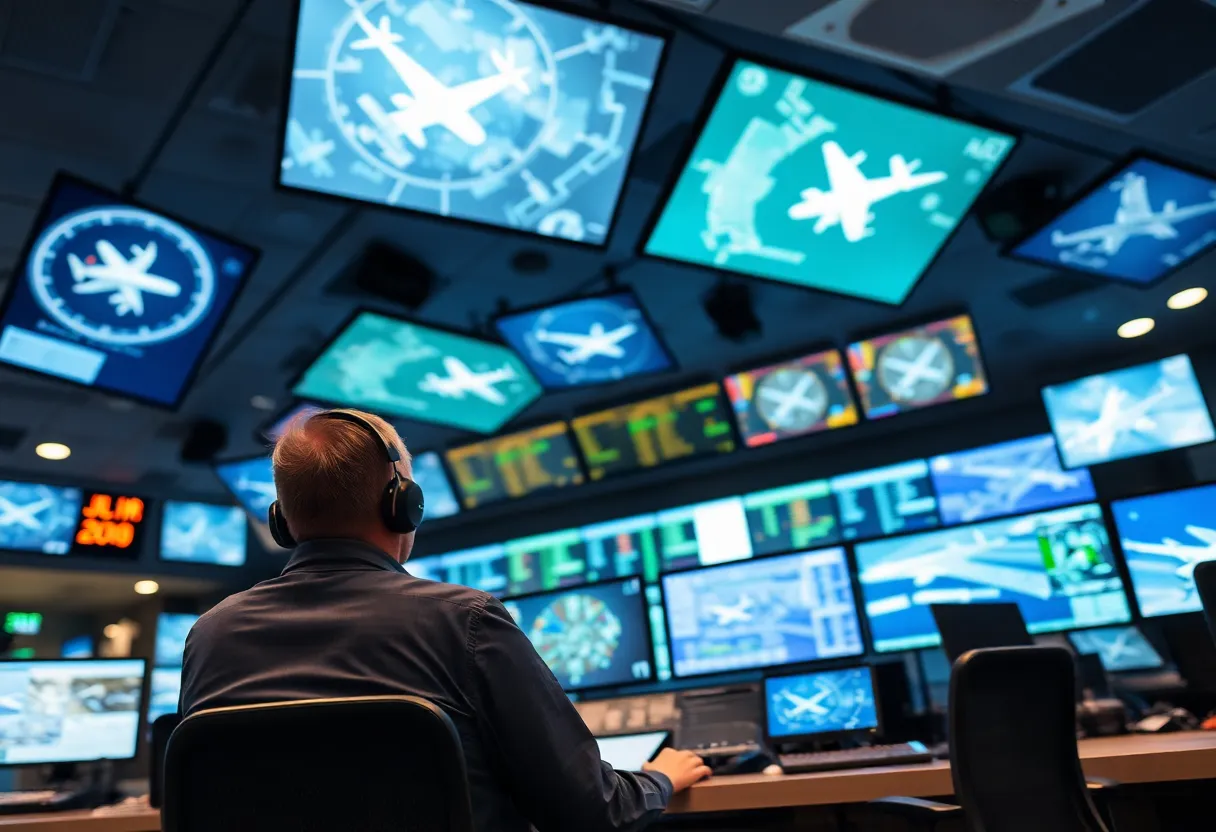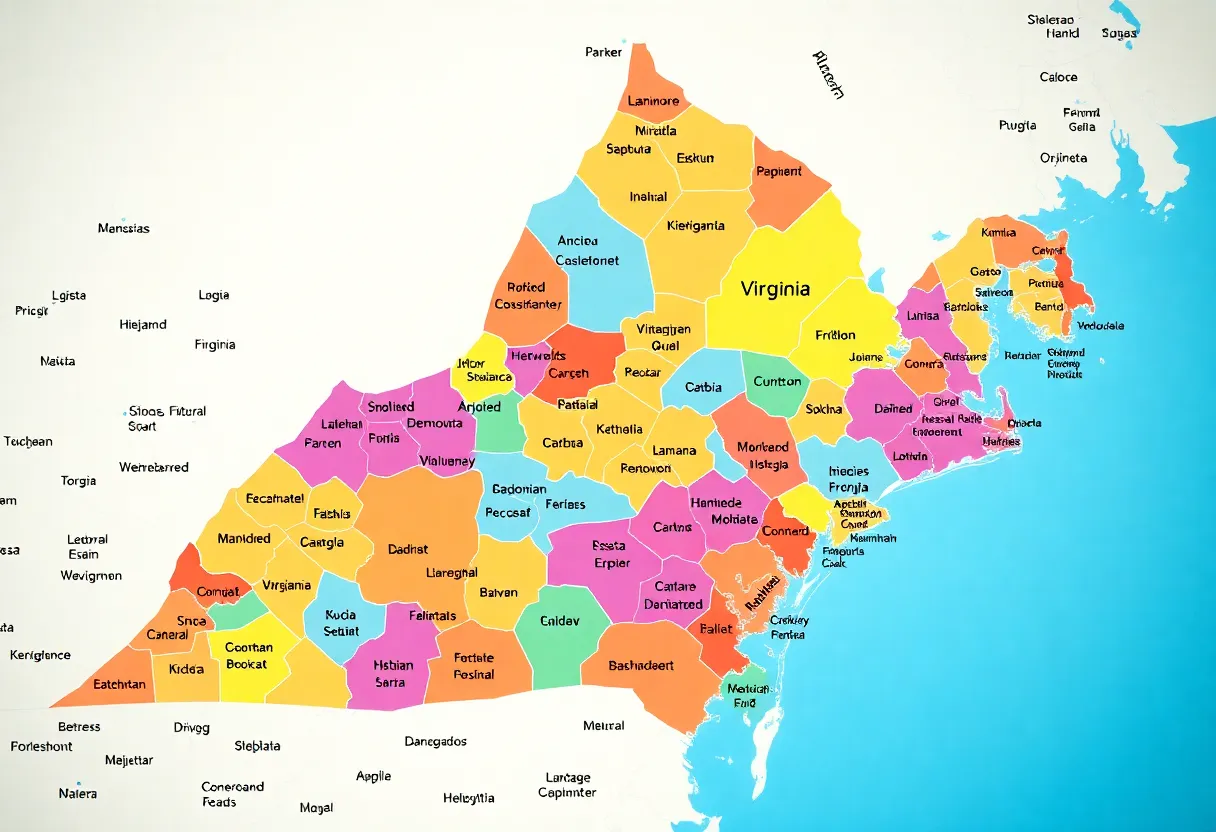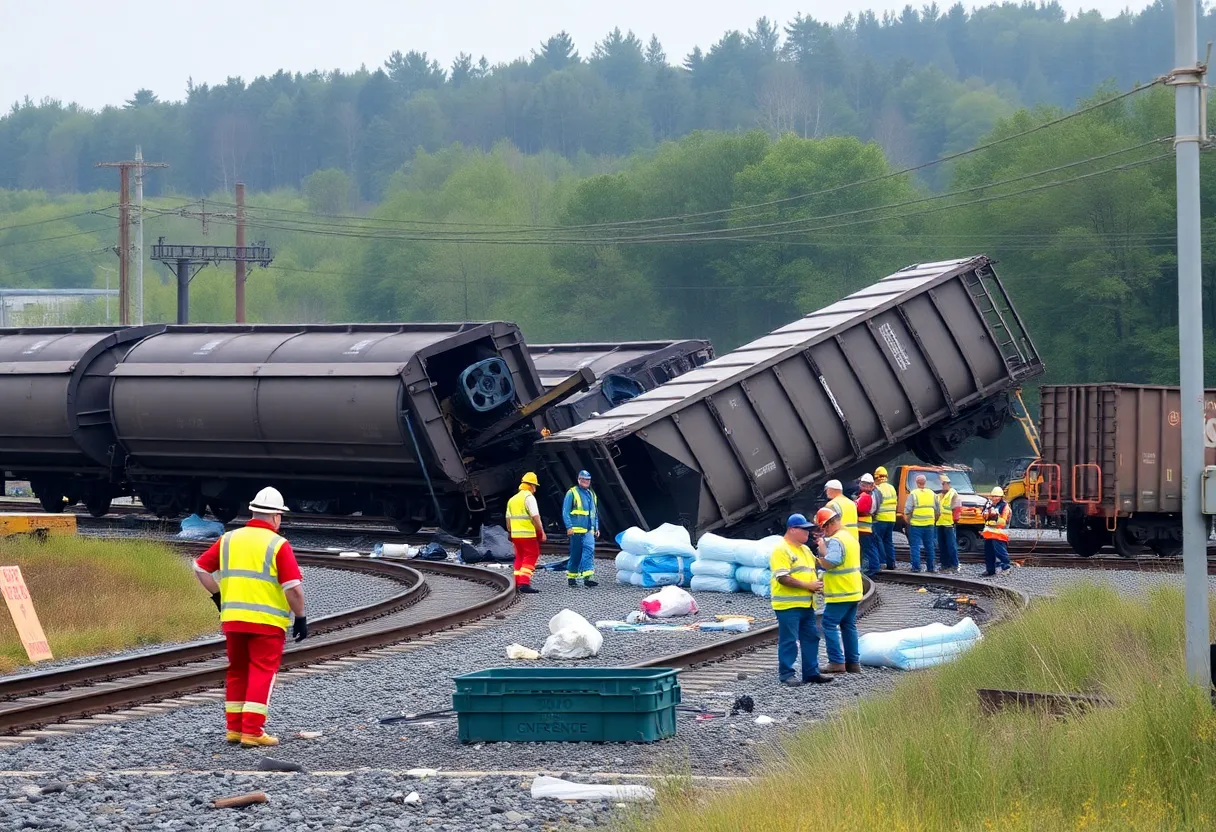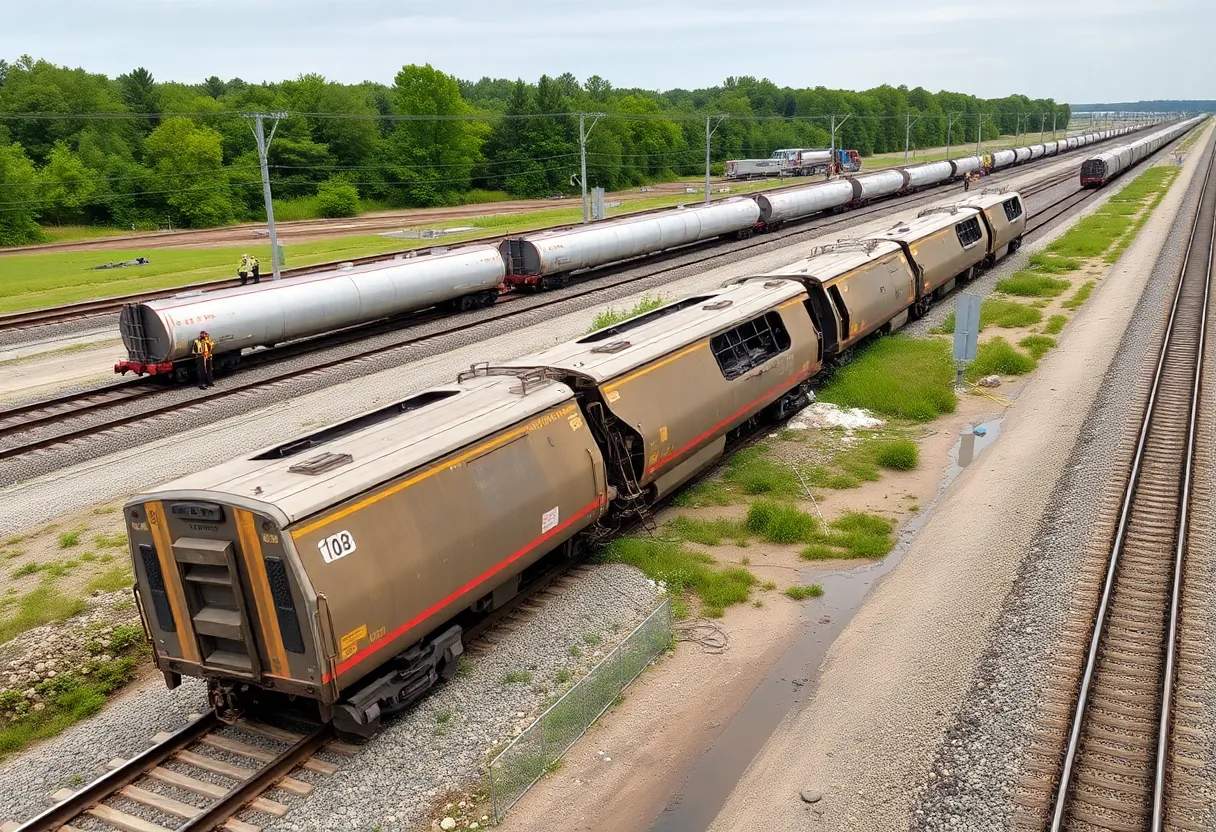News Summary
The U.S. government has announced a significant $35 billion investment to modernize the air traffic control system by 2028. This overhaul seeks to address safety and efficiency concerns highlighted by recent airport failures. The plan includes upgrading technology, establishing new control centers, and improving communication systems. With a critical shortage of air traffic controllers, officials stress the urgency of this initiative for economic and national security. As technical outages rise, this bold move could reshape the future of air travel in the U.S.
U.S. Takes Bold Step to Supercharge Air Travel with $35 Billion Overhaul
In an exciting development for travelers and aviation enthusiasts alike, the U.S. government has unveiled a massive $35 billion proposal aimed at completely modernizing the air traffic control system by 2028. The announcement, made by Transportation Secretary Sean Duffy, comes in response to increasing concerns about safety and efficiency in the aviation sector.
Why Modernization is Necessary
Recent failures at major airports—including Newark Liberty International Airport and facilities in Washington D.C. and Alaska—have highlighted just how pressing this modernization initiative is. These hiccups have created chronic delays and raised concerns over aviation safety that can’t be ignored. The current technology used in U.S. air traffic control is, believe it or not, comparable to systems that are over 50 years old!
What’s on the Upgrade List?
The ambitious plan promises significant upgrades across the nation’s air traffic management infrastructure. Key improvements include:
- Replacing outdated radar systems and communications infrastructure,
- Incorporating automation and advanced surveillance systems,
- transitioning from old copper wiring to modern fiber optics and satellite technology, and
- enhancing weather tracking capabilities, especially in challenging regions like Alaska.
This overhaul aims to cover the establishment of at least six new air traffic control centers, which will greatly improve efficiency and safety. Furthermore, plans include replacing around 25,000 radios and over 600 radar installations across the country.
Financial Commitment and Urgency
To kickstart the overhaul, Secretary Duffy has stressed the need for significant financial backing front-loaded to avoid slow, phased rollouts. A budget proposal of about $12.5 billion specifically for air traffic control modernization has already received approval from the Transportation and Infrastructure Committee. President Donald Trump even chimed in via speakerphone during the announcement, showcasing the high priority this initiative holds among U.S. leaders.
Facing the Challenges Ahead
One of the underlying issues is a concerning shortage of certified air traffic controllers, estimated to be around 3,000 professionals. An intensive recruitment effort is planned to fill these gaps. Unfortunately, there has been noticeable turnover within the Federal Aviation Administration (FAA), with key roles left unfilled amid tightening budgets and ongoing organizational changes. This staff deficiency raises further questions related to safety, especially following a tragic mid-air collision that resulted in 67 fatalities.
Nationwide Economic and Security Implications
Officials are labeling the overhaul a national security and economic imperative. The aviation sector is vital to transportation and commerce, making this modernization effort not just a matter of convenience but a critical need. Despite previous modernization attempts—totaling more than $14 billion since 2003—there hasn’t been a complete transformation of the air traffic network, which has left many past projects unfulfilled.
Rising Technical Outages
The urgency of the current plan is heightened by the alarming rise in technical outages, averaging nearly 1,000 telecom outages per week in the industry. Duffy emphasized that without this modernization mission, travelers might experience incidents similar to Newark, which could occur across the country. Stakeholders are expressing grave concerns about how the aging infrastructure continues to pose risks to air travel.
A Pivotal Moment for Aviation
This bold push for modernization is being viewed as the most aggressive effort in over half a century. As the U.S. gears up for a major transformation in its air traffic control systems, travelers can look forward to a future where flying is not just safer but also more reliable and efficient.
In summary, this $35 billion plan could reshape air travel in the U.S., addressing critical safety concerns while paving the way for a more modern and sophisticated air transportation network. Exciting times lie ahead for aviation enthusiasts and everyday travelers alike!
Deeper Dive: News & Info About This Topic
- Washington Post: Air Traffic Modernization
- Wikipedia: Air Traffic Control
- NextGov: Trump Administration Air Traffic Control Plan
- Google Search: Air Traffic Control Modernization
- Travel and Tour World: $35 Billion Air Traffic Control Makeover
- Encyclopedia Britannica: Air Traffic Control System

Author: STAFF HERE WILLIAMSBURG WRITER
The WILLIAMSBURG STAFF WRITER represents the experienced team at HEREWilliamsburg.com, your go-to source for actionable local news and information in Williamsburg, James City County, and beyond. Specializing in "news you can use," we cover essential topics like product reviews for personal and business needs, local business directories, politics, real estate trends, neighborhood insights, and state news affecting the area—with deep expertise drawn from years of dedicated reporting and strong community input, including local press releases and business updates. We deliver top reporting on high-value events such as Williamsburg Farmers Market, Yorktown Market Days, and Busch Gardens Food & Wine Festival. Our coverage extends to key organizations like the Greater Williamsburg Chamber of Commerce and Colonial Williamsburg Foundation, plus leading businesses in education and hospitality that power the local economy such as College of William & Mary, The Williamsburg Winery, and Sodexo. As part of the broader HERE network, including HEREVirginiaBeach.com, we provide comprehensive, credible insights into Virginia's dynamic landscape.





